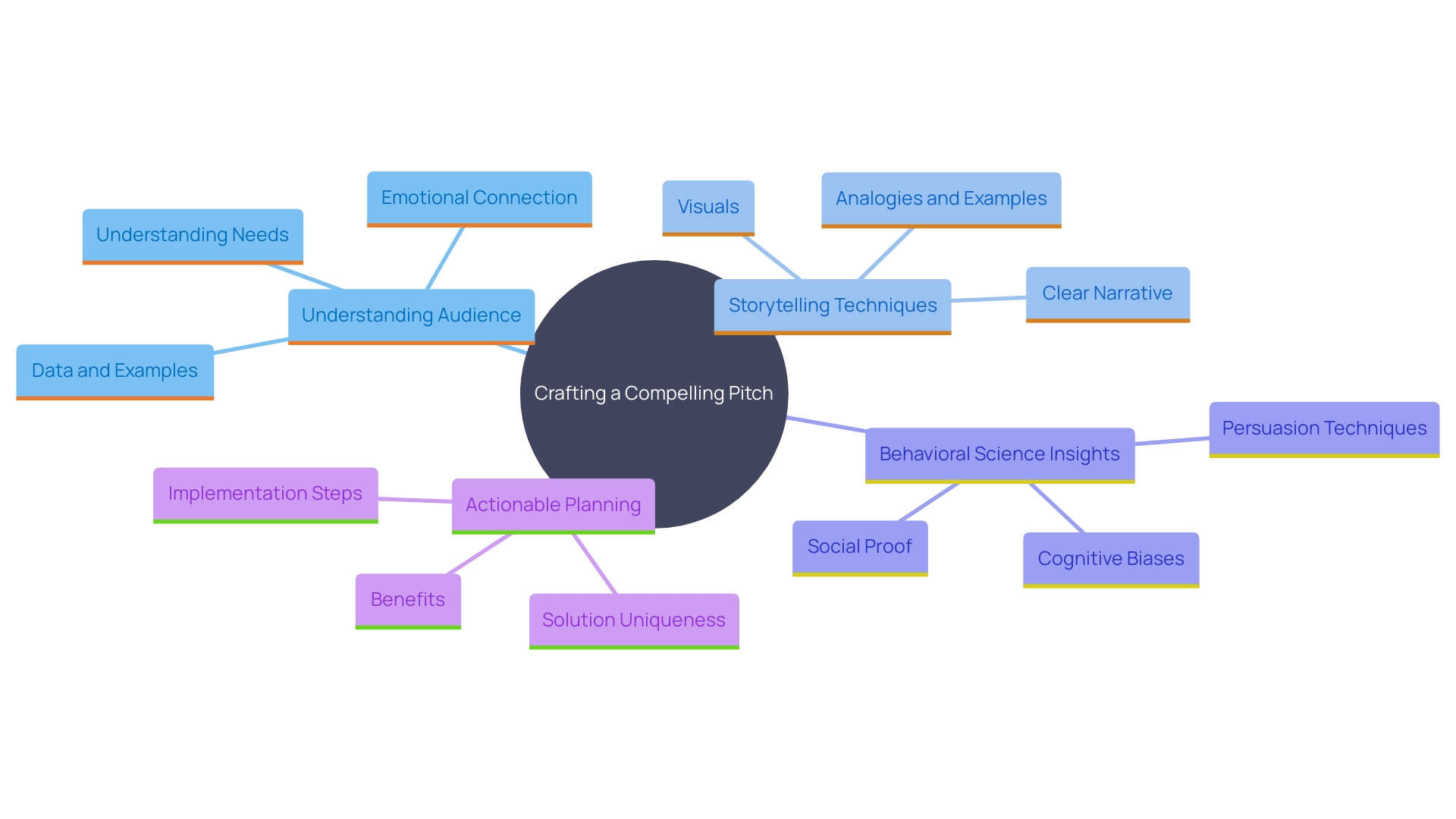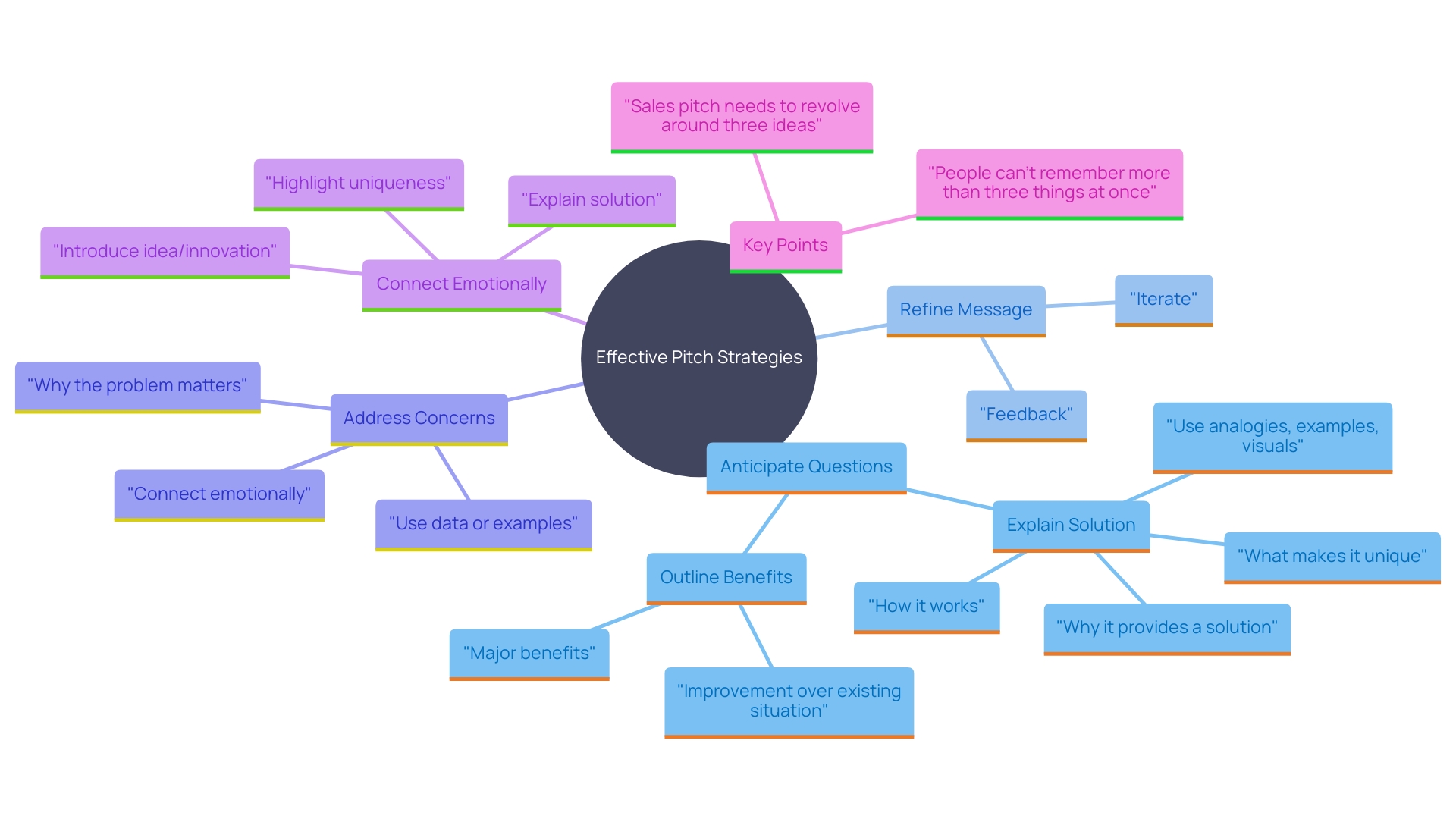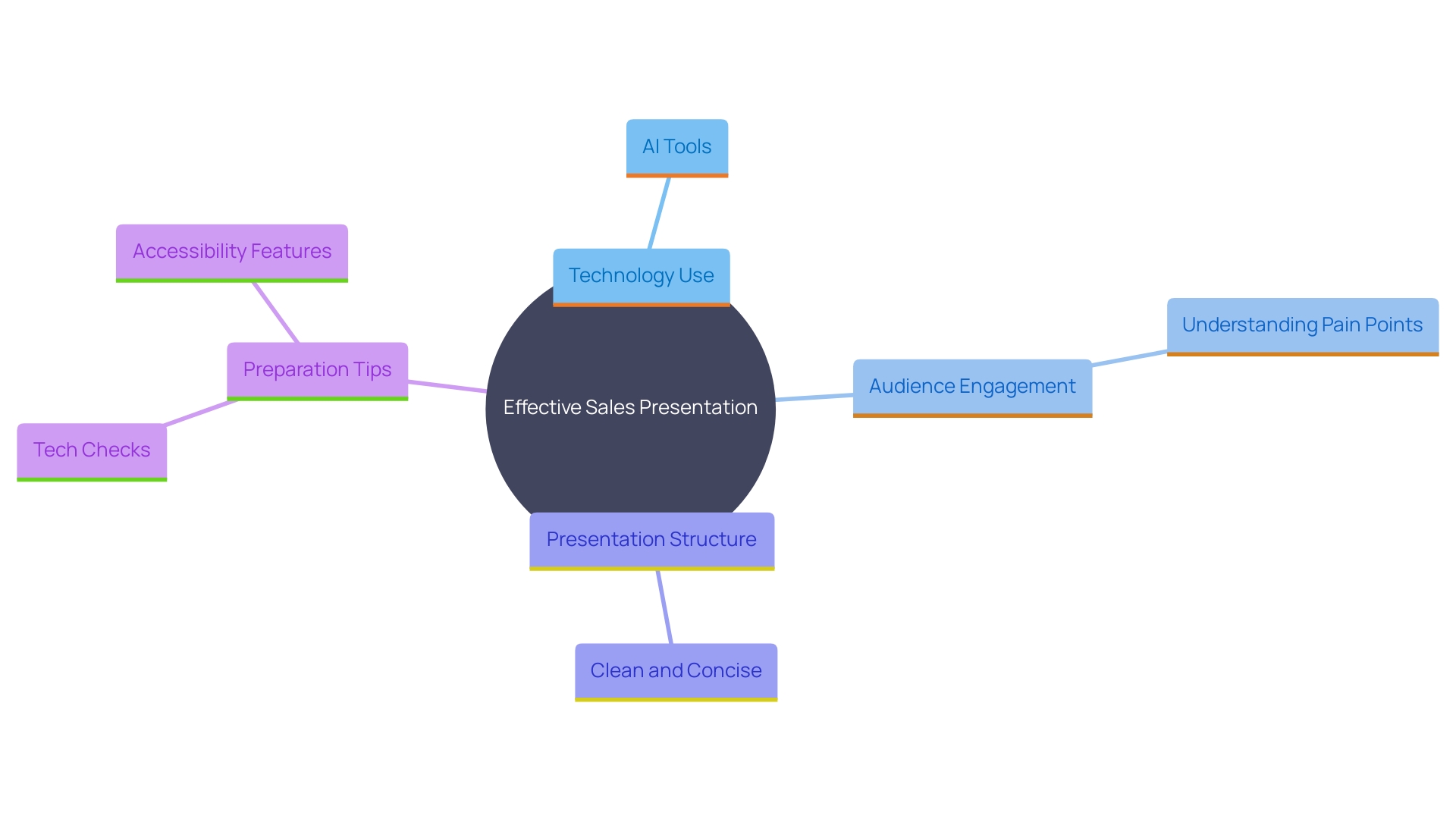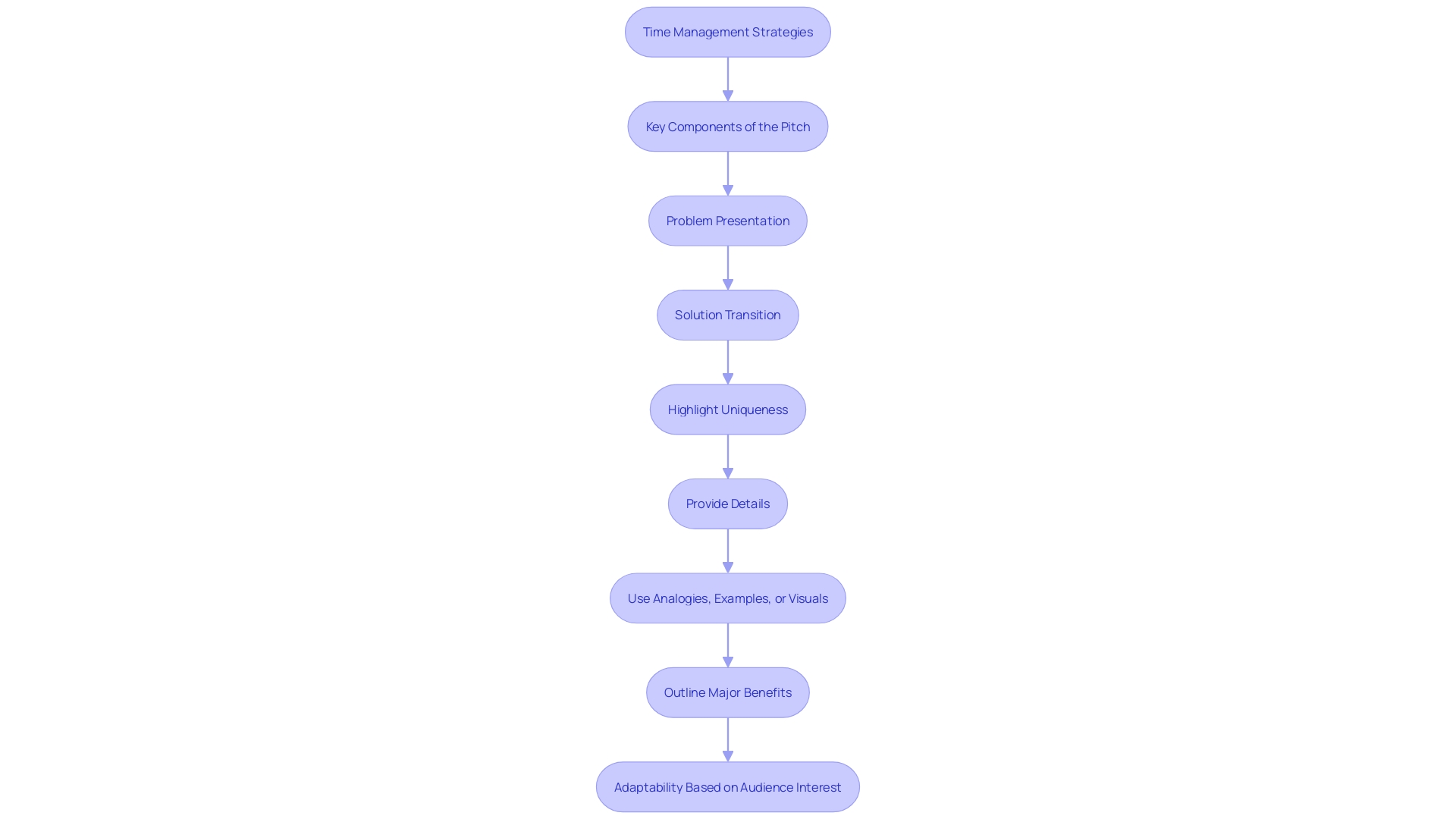Mastering Pitch Practice: Techniques for Effective Presentation Skills

✅ Introduction
In today’s fast-paced business environment, Chief Marketing Officers (CMOs) must deliver pitches that not only capture attention instantly but also persuade audiences to take action. Winning pitches require a mix of deep audience intelligence, structured storytelling, confident delivery, and strategic messaging. This guide explores proven methods for CMOs to elevate their presentation skills — from understanding audience psychology and designing compelling narrative arcs to leveraging tools, tech, and timing for maximum influence.
By applying these techniques, CMOs can convert presentations into revenue-driving, relationship-building moments. From voice control to visual engagement, every element plays a role in creating a memorable pitch that builds trust and inspires decisions. Let’s transform your next opportunity into a strategic win.
✅ Understanding Your Audience
The most persuasive pitches start with pinpoint precision: knowing exactly who you’re speaking to. Conduct deep research on your audience’s market pressures, priorities, and business goals. Analyze decision-makers’ motivations and concerns to ensure your pitch language addresses tangible ROI, reduced risk, and improved outcomes. Supporting your claims with proof points — like case studies or measurable results — builds credibility instantly.
Leverage behavioral psychology by highlighting both the gains of choosing your solution and the costs of inaction. Emotional triggers like urgency and loss aversion increase persuasion. Wrap these insights into a relatable narrative that positions the audience as the hero and your brand as the enabler. When people feel understood, they stay engaged — and they say yes.

✅ Crafting a Well-Structured Message
A powerful pitch follows a disciplined structure that delivers clarity and momentum. Open with a bold hook — a surprising data point, a striking insight, or a relatable challenge. Then apply the What → So What → Now What framework:
-
What — Define the situation, the problem, and the opportunity
-
So What — Explain why it matters and what’s at stake for the audience
-
Now What — Present the solution and the next steps to take action
Use visual storytelling, business impact statements, and a compelling future-state vision to make each point meaningful. Close strong with a confident call-to-action that reinforces urgency and value. When structured correctly, your pitch not only informs — it convinces.
✅ Delivery Techniques: Voice Modulation & Body Language
How you speak is just as influential as what you say. Vary your pace and tone to emphasize key insights and maintain energy. Stand grounded with open posture to project confidence and credibility. Incorporate purposeful gestures to bring focus to core messages.
Sustained eye contact builds a personal connection and reinforces trust, signaling that you are fully engaged with your decision-makers. Small pauses at key transitions help key points land. Emotion, conviction, and controlled movement turn a pitch from a monologue into a powerful shared experience.
✅ Practicing for Perfection
Flawless delivery is a product of repetition and refinement. Rehearse out loud, record your sessions, and study your performance to eliminate filler words and sharpen clarity. Practice in front of peers who can offer constructive feedback from the audience perspective.
Focus on pacing — ensuring each section gets proper attention while keeping total time aligned to expectations. Preparation reduces anxiety and builds presence. As your comfort grows, your charisma does too. When a pitch feels natural to you, it becomes engaging for everyone listening.
✅ Engaging the Audience
Even the smartest pitch fails if the audience becomes passive. Drive interaction through questions, relatable anecdotes, and short stories that tap into shared experiences. Invite participation through polls, reactions, or live demonstrations when appropriate.
Borrow TED-style storytelling techniques — emotion, inspiration, and transformation — to deepen audience connection. When listeners see their own success reflected in your narrative, their interest turns into belief.
✅ Handling Questions and Feedback
Q&A is not the end of your pitch — it’s the closing opportunity to win confidence. Prepare answers for likely concerns related to cost, technical fit, and expected outcomes. Respond with calm authority, backed by clear metrics and proof points.
Use feedback moments to reinforce why your solution is differentiated and urgent. Demonstrate empathy, not defensiveness — decision-makers want a partner who listens, adapts, and supports them throughout their journey.

✅ Using Technology Effectively
Today’s winning pitches integrate clean, modern visual communication. Use crisp layouts, strong contrasts, and minimal text to keep attention on what matters most. AI-powered tools can streamline storyboarding, copy, translations, and slide design — helping CMOs prepare polished decks quickly and consistently.
Conduct technical checks before presenting — sound, screen-share, animations — to eliminate distractions. Accessibility and device-friendly formatting expand your message reach. Tech shouldn’t overshadow the story — it should enhance clarity and confidence.

✅ Time Management and Adaptability
Attention spans are short — and stakes are high. Define a tight time structure and rehearse until it’s smooth and consistent. Reserve time for interaction so the audience feels seen and heard.
Stay agile. If the room signals interest in a specific point, lean into it — flexibility demonstrates strategic awareness and emotional intelligence. A pitch that respects time while adapting to real-time reactions shows executive command and earns respect.

✅ Conclusion
Mastering pitch presentations is a critical CMO skill — one that converts conversations into customers. By grounding your message in audience intelligence, structuring your story with precision, and delivering with confidence, your pitches become powerful engines of persuasion.
Technology, rehearsal, engagement, and adaptability all contribute to a cohesive experience that builds trust and accelerates decisions. In the end, great pitches do more than share ideas — they inspire belief, spark action, and fuel business growth.
Ready to upgrade your pitch strategy and win more deals? Contact us today to create presentations that convert insight into impact and opportunity into revenue.
